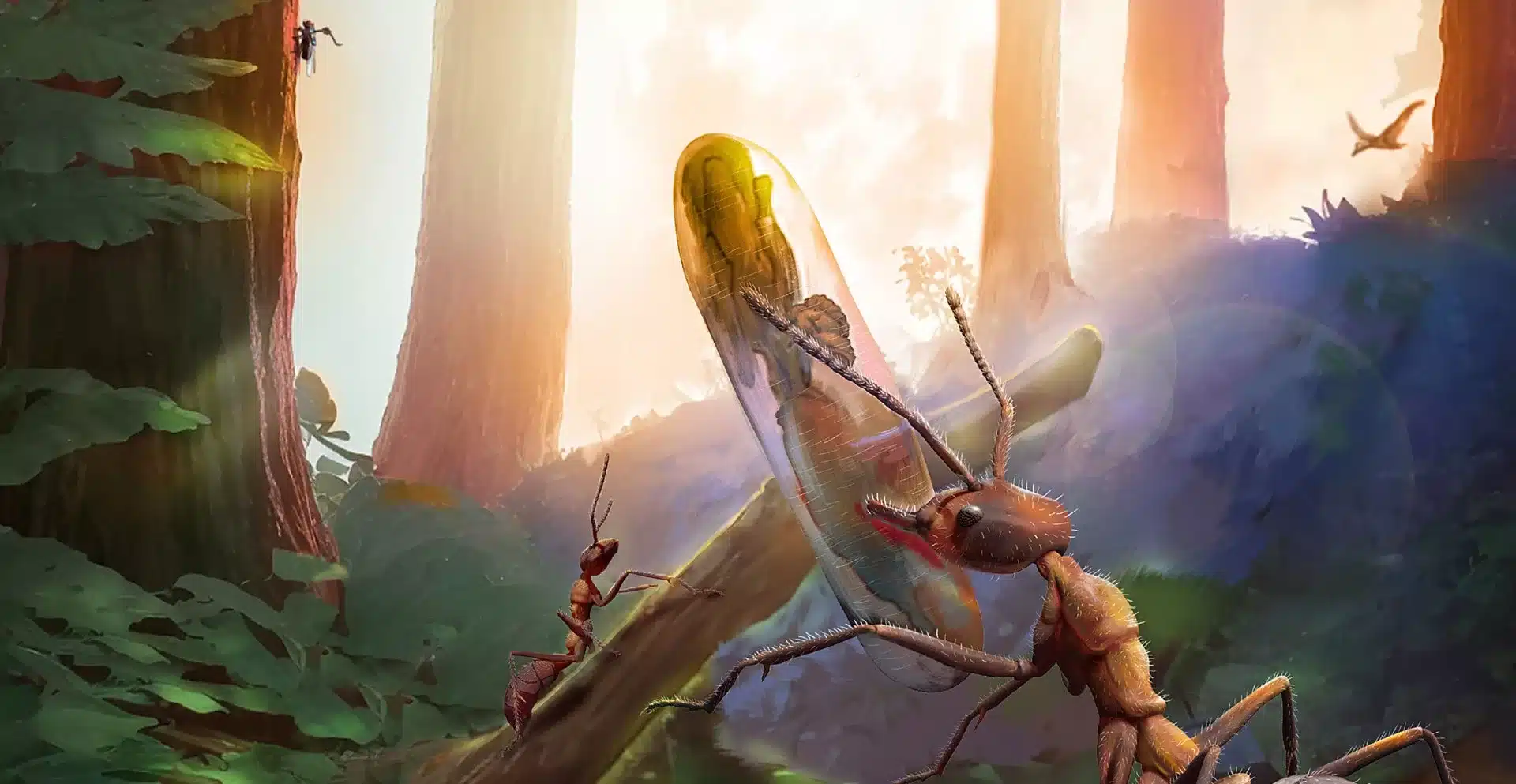
Scientists have described two new species of ancient fungi from the age of dinosaurs
How did your country report this? Share your view in the comments.
Diverging Reports Breakdown
Scientists have described two new species of ancient fungi from the age of dinosaurs
Fossils of parasitic fungi are rare because their soft bodies don’t preserve well, and their presence is hard to spot among insect remains. Two well-preserved specimens were found trapped in amber, where sticky tree resin fossilized both the insect and the fungus together. These fossils suggest that Paleoophiocordyceps, an ancient fungal genus, split from its modern cousin OphiocordYceps over 130 million years ago. These insects were already thriving during the time of early dinosaurs, in habitats rich in decaying wood and soil. As other insects evolved, the fungi likely expanded their targets to include ants, flies, and butterflies. The oldest known fossil evidence of zombie fungi comes a 48-million-year-old leaf marks of the infamous “death grip” that an infected ant latched on to before its fungal parasite finished the job. If this mind-controlling fungal behavior had already evolved so many years ago, scientists are hoping to dig deeper into prehistory.
– Advertisement –
Now, scientists have uncovered two new ancient species from the dinosaur era, beautifully preserved in amber. These fungi were found growing directly from the bodies of their insect victims, offering a rare glimpse into prehistoric parasite-host relationships.
Nearly 100 million years ago, during the Mid-Cretaceous period, two insects met a gruesome fate—they were infected by parasitic fungi. These fossils, now preserved in amber, are among the oldest examples of fungi that attack insects.
Thanks to their incredible condition, scientists were able to name and describe the two new fungi species. One, Paleoophiocordyceps gerontoformicae, was growing from a young ant. The other, P. ironomyiae, was found on a fly.
Ants vs. humans: Why collaboration works better for them
– Advertisement –
These ancient fungi share traits with modern Ophiocordyceps—the infamous group that includes the zombie-ant fungus. Researchers believe the two lineages likely split more than 130 million years ago, during the Early Cretaceous.
These insect-killing fungi, called entomopathogenic fungi, infect everything from ants and flies to beetles, spiders, and cicadas. Because they target so many different insects, they play a big role in keeping insect populations in balance.
What’s wild is that these fungi didn’t evolve from just one ancestor. Instead, they seem to have popped up independently in different fungal families. Today, over 1,500 species are known across five major fungal groups.
Among them, one group stands out: Ophiocordyceps. It includes some of the strangest and most fascinating fungi out there—like the famous “zombie-ant fungus,” Ophiocordyceps unilateralis, which hijacks its host’s body before finishing it off.
New insights into how desert ants navigate their complex worlds
The spores of Ophiocordyceps unilateralis invade an ant’s body, hijacking its brain and behavior. Slowly, the ant is driven to climb, seeking out a leaf or stem high above the ground.
Once it finds the perfect perch, the ant bites down hard in a death grip… and waits. The fungus consumes it from the inside, then sprouts from the ant’s body, releasing a storm of spores.
Fossil records of parasitic fungi are rare because their soft bodies don’t preserve well, and their presence is hard to spot among insect remains. But a recent discovery has provided a rare window into their ancient past.
Two well-preserved specimens were found trapped in amber, where sticky tree resin fossilized both the insect and the fungus together. These fossils suggest that Paleoophiocordyceps, an ancient fungal genus, split from its modern cousin Ophiocordyceps—famous for the zombie-ant fungus—over 130 million years ago. That’s far older than the previous fossil record, which dated only to around 50 million years ago.
Scientists think early forms of Ophiocordyceps may have first infected beetles. These insects were already thriving during the time of early dinosaurs, in habitats rich in decaying wood and soil—perfect environments for fungi to take hold. As other insects evolved, the fungi likely expanded their targets to include ants, flies, and butterflies.
Professor Edmund Jarzembowski, a scientist at the Natural History Museum and co-author of the study, says, “The fossil evidence shows that the infectious fungi were already adapted to two different insect hosts a hundred million years ago, an ant and a true fly. This suggests that the fungus made this jump to other insects as they diversified with the rise of flowering plants and new insect groups, especially moths and butterflies.”
“As the infections are lethal, Ophiocordyceps likely played an important role in controlling the populations of insects by the Mid-Cretaceous, in a similar way to how their living counterparts do today.”
That eerie grip from beyond the grave may go back even farther than we thought. The oldest known fossil evidence of zombie fungi comes from a 48-million-year-old leaf bearing marks of the infamous “death grip”—a sign that an infected ant latched on before its fungal parasite finished the job.
Now, scientists are hoping to dig even deeper into prehistory. By examining Cretaceous-era leaves, they aim to find out whether this mind-controlling fungal behavior had already evolved nearly 100 million years ago. If so, it would push the origins of the zombie-ant strategy back by tens of millions of years, shedding new light on the ancient arms race between parasites and their hosts.
Journal Reference:
Zhuang Yuhui, Luo Cihang, Tang Dexiang, Araújo João Paulo Machado de, Yu Hong, Zhao Jing, Haelewaters Danny, Nyunt Thet Tin, Zhang Qingqing, Jarzembowski Edmund A., Meng Guoliang, Ran Hao, Liu Yu and Wang Bo 2025Cretaceous entomopathogenic fungi illuminate the early evolution of insect–fungal associations. Proc. R. Soc. B.29220250407. DOI: 10.1098/rspb.2025.0407
Source: https://www.techexplorist.com/two-new-species-ancient-fungi-age-dinosaurs/99811/
